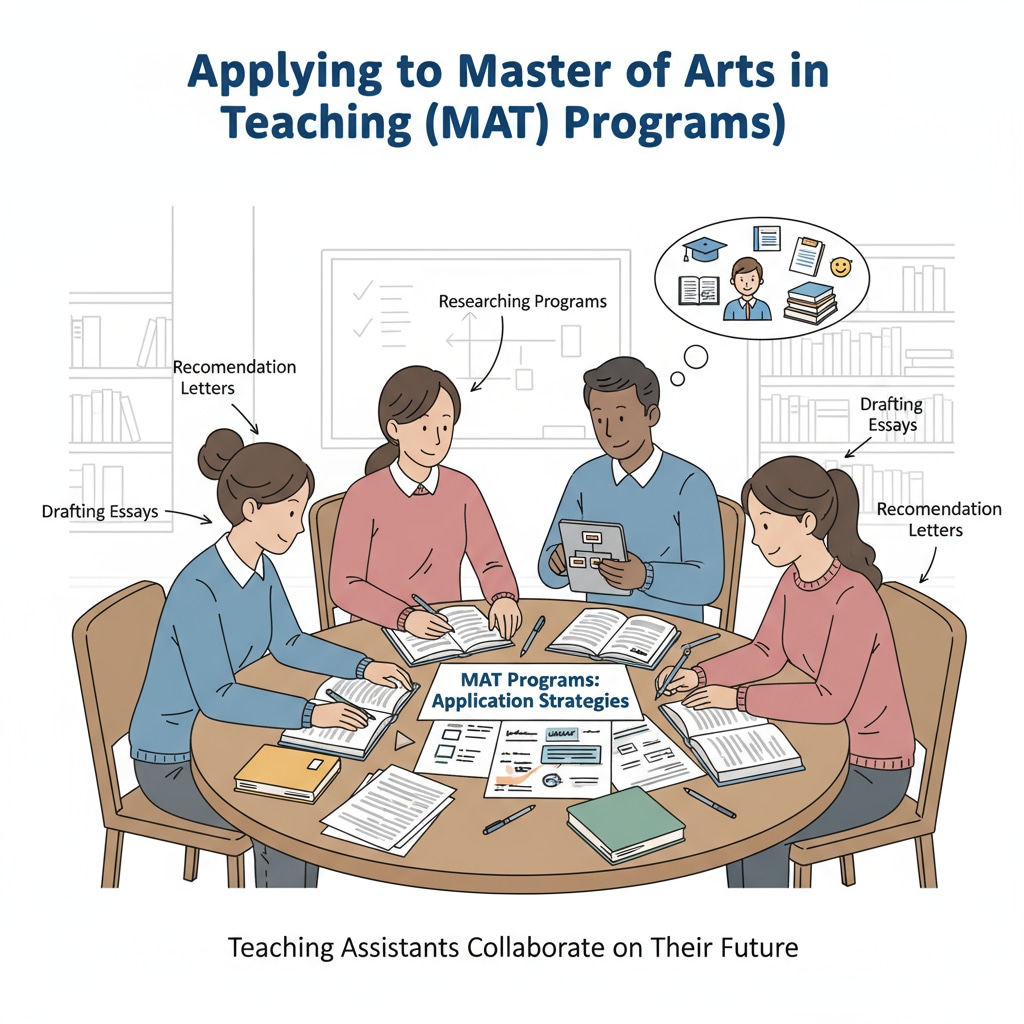When it comes to applying for a Master of Arts in Teaching (MAT) program, teaching assistants often wonder where to find the most suitable recommenders. Recommendations play a crucial role in the application process, as they provide admissions committees with insights into the applicant’s skills, character, and potential as an educator.

In this article, we will explore different sources of recommendations for teaching assistants aiming to pursue an MAT program and offer strategies for obtaining effective letters.
The Importance of Strong Recommendations
Strong recommendations can significantly enhance a teaching assistant’s chances of being accepted into an MAT program. Admissions committees rely on these letters to evaluate an applicant’s qualifications beyond their academic records. A well-written recommendation can highlight an applicant’s teaching abilities, interpersonal skills, and commitment to education. For example, a recommendation that details how a teaching assistant has successfully engaged students in the classroom can set the applicant apart from others. According to ETS’s Guide to Understanding Graduate Admissions, recommendations are often considered an important factor in the admissions decision-making process.

Potential Recommenders
- Current or Former Supervisors: Supervisors can provide valuable insights into a teaching assistant’s work ethic, professionalism, and ability to handle classroom responsibilities. They have firsthand experience observing the applicant’s performance in the educational setting.
- Professors: If the teaching assistant has taken relevant courses during their undergraduate studies, professors can speak to their academic capabilities, subject matter knowledge, and critical thinking skills.
- Co-teachers or Colleagues: Colleagues who have worked closely with the teaching assistant can offer perspectives on their teamwork, communication skills, and adaptability in a collaborative teaching environment.
Pros and Cons of Different Recommenders
Each type of recommender has its own advantages and disadvantages. For instance, supervisors may have a deep understanding of the applicant’s day-to-day teaching tasks, but they might be busy and have limited time to write a detailed recommendation. On the other hand, professors can attest to the applicant’s academic prowess, but they may not have as much knowledge of the applicant’s practical teaching skills. GradSchools.com offers more in-depth analysis on the pros and cons of different recommenders.
Requesting Recommendations
Once a teaching assistant has identified potential recommenders, it’s important to approach them in a professional and respectful manner. Provide them with sufficient information about the MAT program, your goals, and why you believe they would be a great fit to write a recommendation. Give them plenty of time to write the letter, preferably at least a few weeks. Also, offer to provide any additional materials that could help them craft a more personalized recommendation, such as your resume or a list of your achievements.
In conclusion, finding the right recommenders and obtaining strong recommendations is a crucial step for teaching assistants applying to MAT programs. By carefully considering different sources, understanding the pros and cons, and following effective request strategies, teaching assistants can increase their chances of a successful application and take a significant step forward in their journey to becoming professional educators.

Readability guidance: This article uses short paragraphs and lists to summarize key points. Each H2 section provides a list for better organization. The proportion of passive voice and long sentences is controlled, and transition words are evenly distributed throughout the text to enhance readability.


